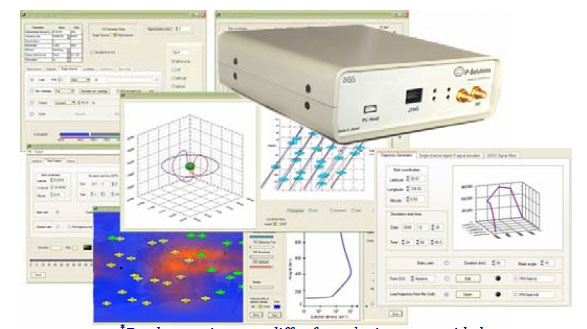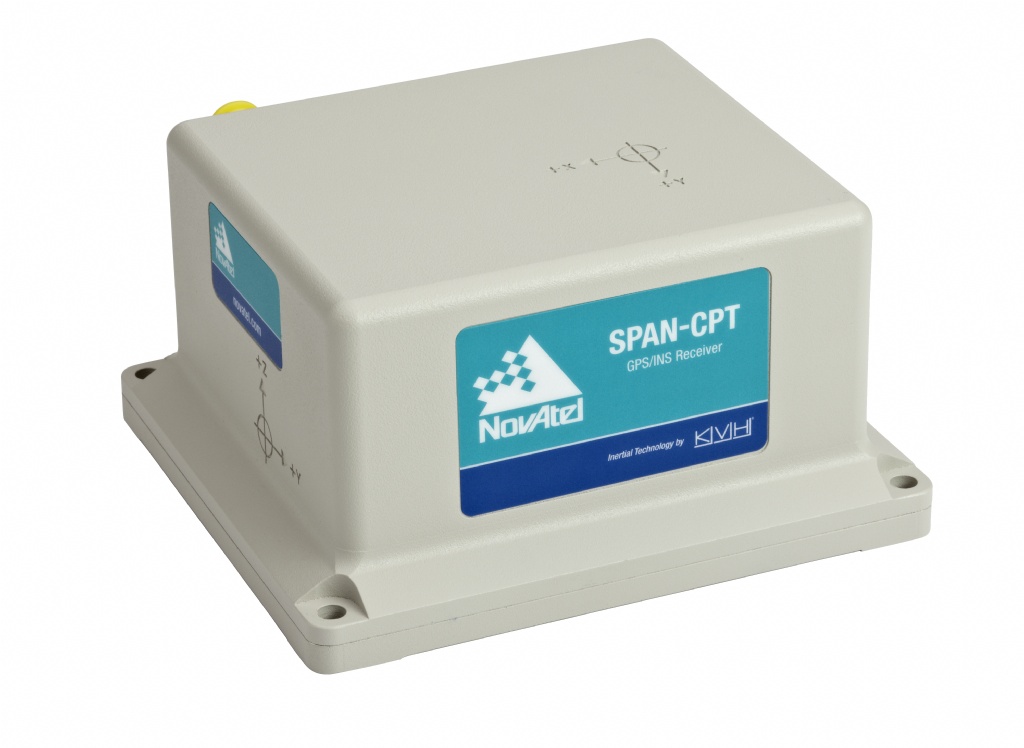The latest version of the Galileo Open Service Definition Document (OS SDD), updated November 2021, describes upgrades enacted in the Galileo system since May 2019: improvements, current constellation status and updates in the ground infrastructure that increase its robustness. This is the last update foreseen before Galileo Open Service reaches Full Operational Capability (FOC).
The 70-page booklet is published by the European Union Agency for the Space Programme (EUSPA) together with the European Commission.
The updated SDD provides better Minimum Performance Levels (MPLs) for signal and position availability, updated definitions of some timing MPLs, and establishes a more stringent commitment on the time to publish Notice Advisories to Galileo Users (NAGUs). In addition, the concept of auxiliary satellites has been added, while some sections have been reworded to improve clarity.
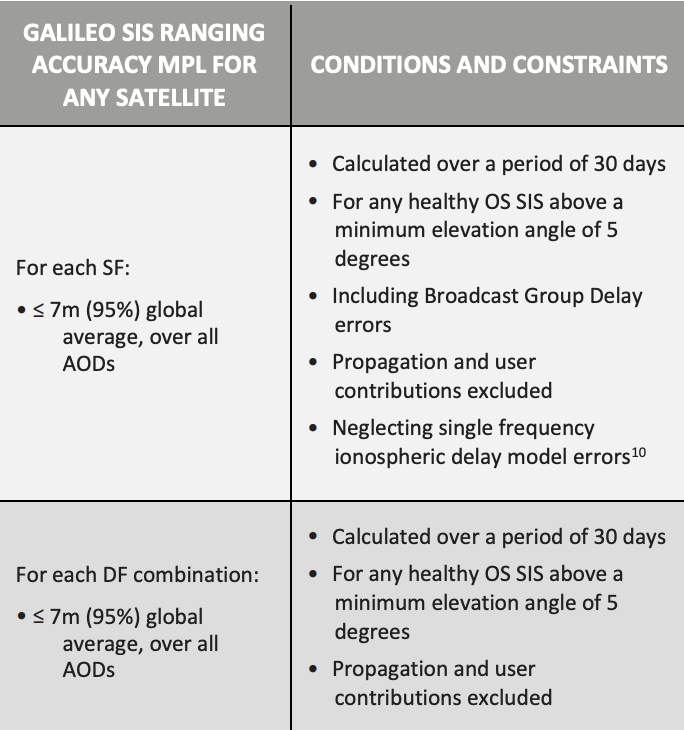
As in previous versions, the main information in the SDD includes:
- Service terms and conditions of use.
- Service characteristics (scope, general concepts, assumptions, reference systems).
- Service performance (Minimum Performance Levels and their associated conditions and constraints).
- Annexes (providing further details on the parameters, expected performance evolutions, additional metrics and the description of NAGUs).
Users are invited to download and read the updated “Galileo Open Service Definition Document (SDD).” To receive NAGUs, newsletters and notifications of new Galileo publications, users may register at the GSC web portal.
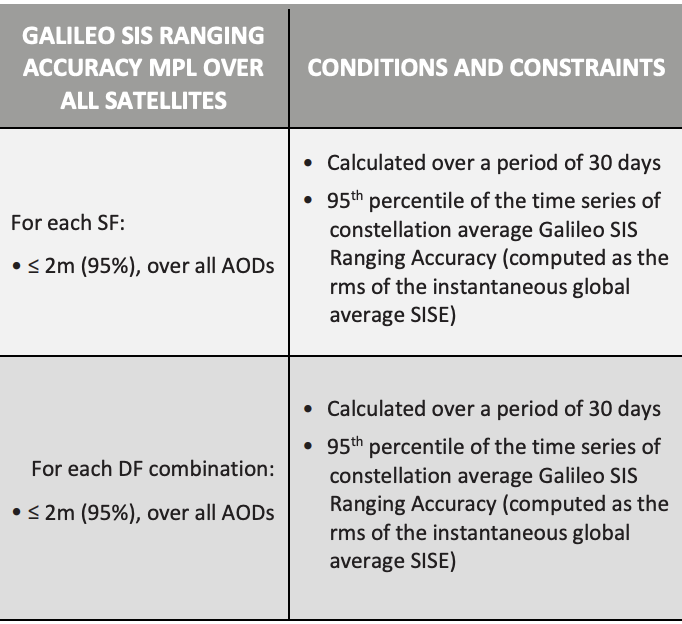
“the Galileo system, the signal propagation channel and the user equipment all contribute to the positioning accuracy experienced by the Galileo users. Although in the main part of this document all contributions to the performance of Galileo that are not under control of the system are not considered, in this Annex such contributions are considered so that it is possible to indicate the global average positioning performance and WUL performance that a Galileo only user can expect to experience. Specifically, Table 27 presents the evolution of the horizontal and vertical expected position accuracy for the Galileo OS Positioning versus the number of operational healthy satellites, using the UERE values shown in Table 25. The values provided, which take into account the constraint of geometrical PDOP≤6, represent accuracy users would expect if they would measure their position over one complete constellation repeat cycle, from the worst user location and from the average user location.”
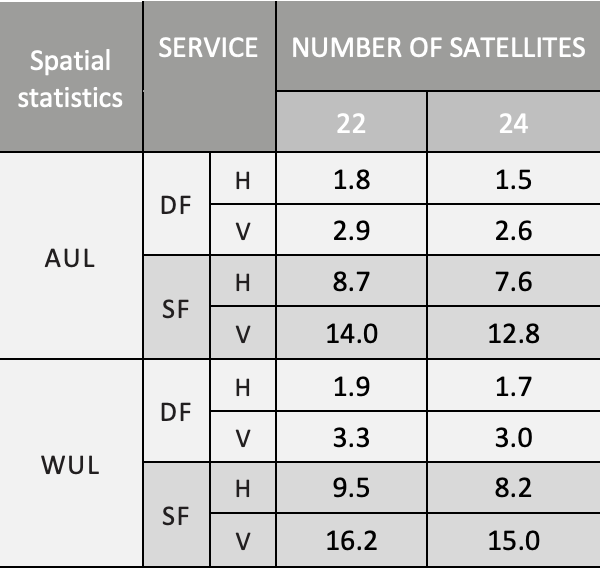
Performance in nominal configuration (in metres, 95% values).
AUL average user location; WUL worst user lopcation.
DF dual frequency; SF single frequency.



